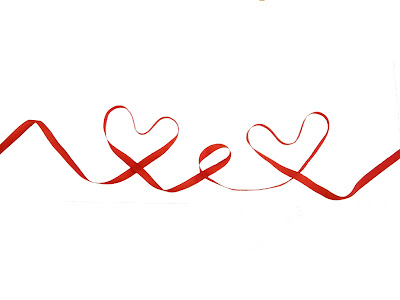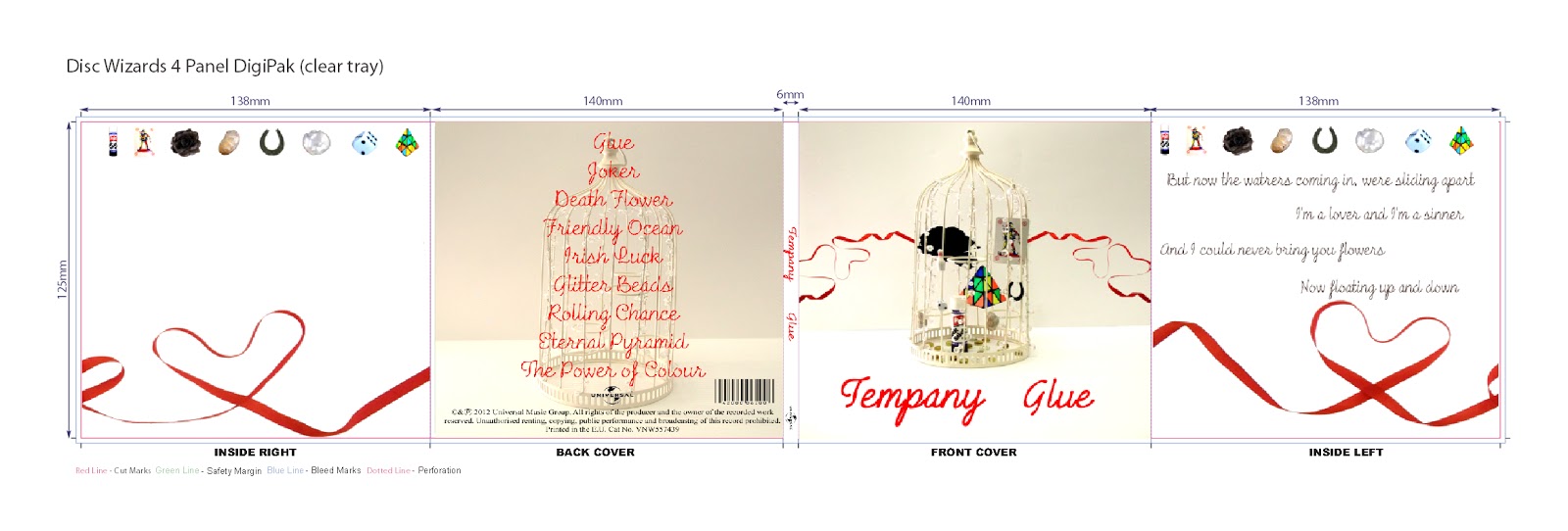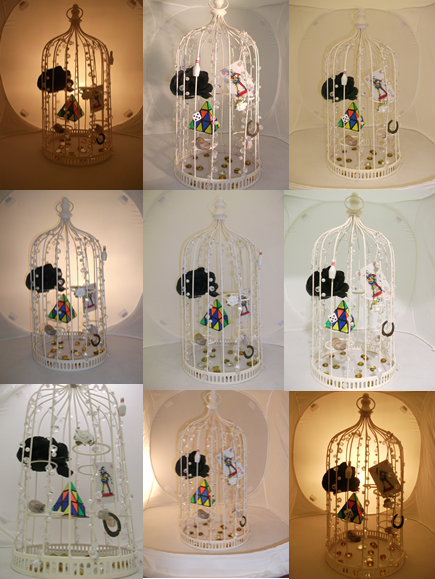Now I have created my magazine advertisement, I need to decide where it would be placed in the media industry.
The Fly (Magazine)
The Fly is a free music magazine published monthly in the United Kingdom. The magazine is published by the HMV owned MAMA Group.
This magazine features a wide variety of genres but focuses mainly on new material or new artists and bands. This is why I feel that my magazine advert would fit in well with this magazine. Another advantage of the magazine is that in 2008, the magazine announced its circulation had increased while other publications reported a sharp decline in circulation. This shows how this magazine is becoming more popular, possibly because it's free. This increase in audience reading and viewing the magazine means my artist's advertisement would be seen by a wide variety of people helping to sell my artist to both my target audience and other audiences.
Kerrang! (Magazine)
 Kerrang! is a UK-based magazine published by Bauer Media Group. It was first published in 1981 meaning it is an established magazine in the UK market. In the early 2000's it became the best-selling British music newspaper. This would mean that the largest possible audience would see my magazine advertisement. However, Kerrang! magazine focuses on the rock/metal genres of music. This would mean that my artist would not fit in with magazine and therefore, despite the magazine having the largest circulation, I would not place my magazine advertisement in this magazine.
Kerrang! is a UK-based magazine published by Bauer Media Group. It was first published in 1981 meaning it is an established magazine in the UK market. In the early 2000's it became the best-selling British music newspaper. This would mean that the largest possible audience would see my magazine advertisement. However, Kerrang! magazine focuses on the rock/metal genres of music. This would mean that my artist would not fit in with magazine and therefore, despite the magazine having the largest circulation, I would not place my magazine advertisement in this magazine.
NME (Magazine)
The new musical express, commonly abrieviated to NME is a British music magazine focusing on the rock and pop genres of music. It began as a music newspaper in 1952 and evolved to become a music magazine. In the 1980's it was the most popular musicmagazine in the UK but since then the circulation has dropped dramatically to just over 23,000 in the second half of 2011. Despite the lower circulation, I feel like NME might be a good magazine to put my magazine advertisement in because of its long history and the fact it does focus on the indie genre. However, in 2008 the magazine recieved a redesign, aimed atan older readership with aless poppy,more authoritative tone. Since this redesign, I no longer feel that this magazine would be the right place to advertise my artist due to my young target audience.
After conducting this research, I feel that the most suitable place to put my magazine advertisement is in The Fly magazine. If my promotional package were to be released officially, the record label would contact The Fly magazine to organise an issue in which my advertisement could be placed.

















































